Foreign Coins Found in the Indian Sub-continent
This volume contains the wide range of interesting communications submitted to the seminar, sometimes revised in the light of the lively discussions that ensued. In his presidential address Prof. B.N. Mukherjee draws attention to some of the literary and epigraphic data available about foreign coins imported into India. In earlier times they arrived with traders, travellers or pilgrims. They also served as bullion. At times they influenced manufacturing techniques and metrology. Some of their devices came to be used on indigenous coinage. The important distinction is drawn between foreign coins that represent the casual loss of small change and major trade currencies. There are briefing papers on the character of the Roman and Venetian monetary systems and the factors that may explain why some coins rather than others were chosen for export as part of the bullion trade. The ancient Greek copper coins found in the riverbed at Karur came mostly from eastern Mediterranean mints. In western India there are echoes of foreign trade in inscriptions mentioning Yavanas (foreign traders) at Karle and the Greek forms of centaurs and the four-horsed chariot of the sun at Bhaja. Foreign coin names, such as the Greek drachm and Roman dinar, long survived in Indian epigraphy. Much new evidence is provided about roman coin finds, Roman gold coins, said to have come from Gujarat, are sold in the markets of Indore and Mumbai. It is argued that Roman gold was current in the Deccan from the Nasik cave inscription recording the donationi of Ushabhadata son in law of Nahapana. Roman coin finds have a special significance in the Karimnagar Region of Andhra. The study of die links in hoards of Roman gold indicates that some coins in mint condition did not circulate long in the empire before export. The analysis of 28 Roman silver coins found in India shows that their metallic composition is very different from that of silver coins of the Indo-Greeks, Western Ksatrapas and Satavahanas. A study of the unprovenanced Roman coins in the National Museum, New Delhi concludes that they do not provide evidence for Roman finds from India. Finds of Roman bullae in India underline their popularity in ornamentation. Three hoards of Chinese coins from south India throw light on the foreign trade of China. The importance of the Venetian ducat is seen in the hoard of 39 gold coins from Gulbarga, Karnataka and documented in the long continued gold flow to India. It has a lasting influence in the traditional jewellery of Maharashtra. The evidence of seventeenth century travellers’ accounts reveal the surprising range of foreign coins encountered at Surat. Articles on all these topics show the rich results when pundits in different disciplines contribute contribute their specialist knowledge to the common problems tackled by such a symposium.
Get it now and save 10%
BECOME A MEMBER

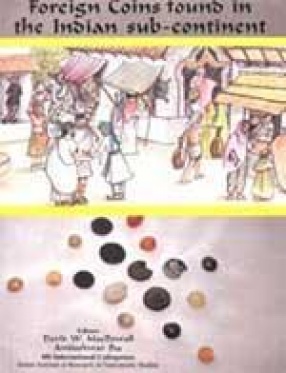
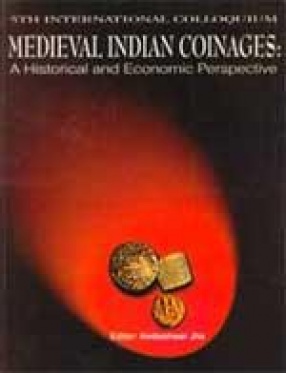

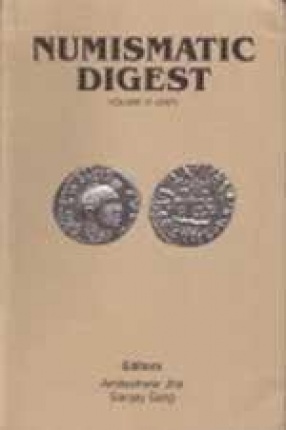
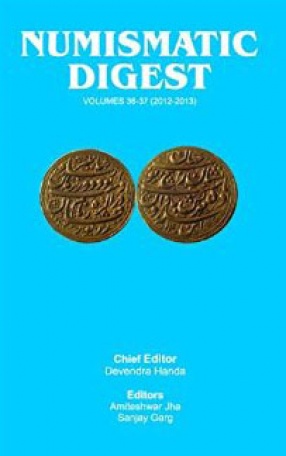
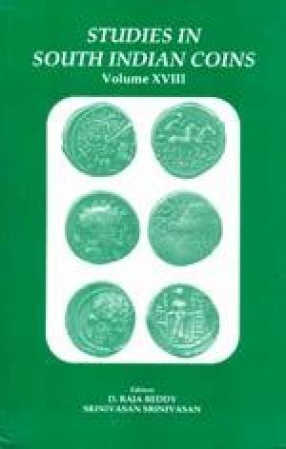
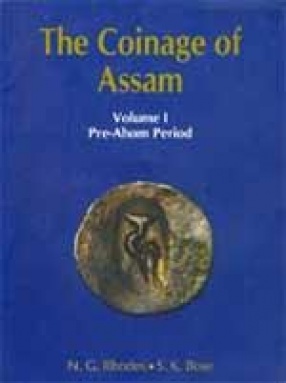
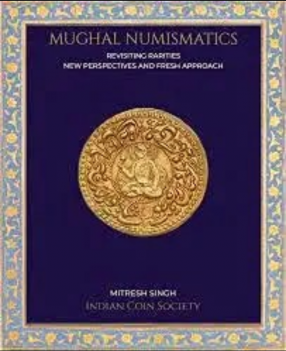
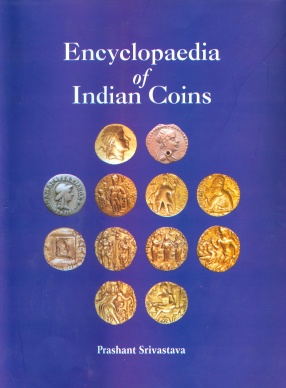

Bibliographic information
Amiteshwar Jha